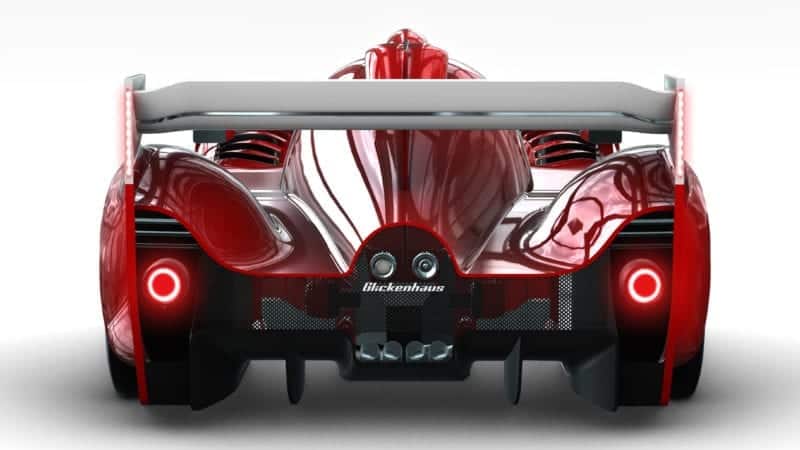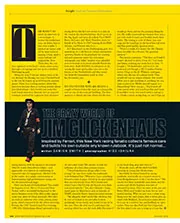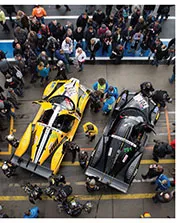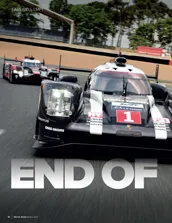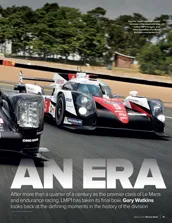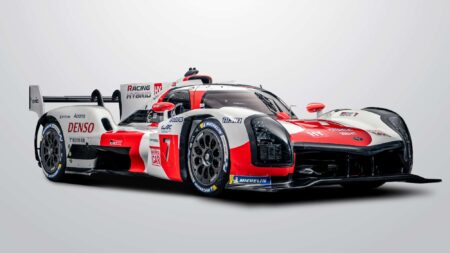The ACO and the FIA, motor racing’s governing body, have stated that they will “ensure sporting equality” but Glickenhaus believes that the performance-levelling measures — in France at least — will favour the hypercars.
“Does anyone seriously believe in their heart that an LMH is going to be allowed to win the 24 Hours of Daytona? Or conversely, that an LMDh would be allowed to win a 24 Hours of Le Mans under BoP?” Jim Glickenhaus told Motor Sport.
“I don’t know and I’ve said this point-blank to the ACO and to IMSA that until fans believe that there is real equality and chance, I’m not sure where convergence is.”
Hypercars will race for the first time in the World Endurance Championship this season, with LMDh car becoming eligible in 2022. Porsche, along with Audi, is expected to join in 2023.
“Convergence is worthwhile — in the old days, guys raced at Le Mans, Daytona and Sebring”
“When LMDh gets thrown into the mix [at Le Mans] it’s going to be very difficult to balance those cars with the hypercars,” said Glickenhaus. “The hypercars will be a lot faster.
“Convergence is a very worthwhile goal. If you go back to the old days, guys raced at Le Mans, Daytona, Watkins Glen and Sebring in a manufacturers championship.
“Today with the split of IMSA and WEC, you really don’t have the same cars racing at the 24 Hours at Le Mans and then at Daytona. To be very honest, we feel that convergence should have been one set of specifications from day one for the top class at Le Mans and Daytona but it wasn’t to be. IMSA decided to go down their own road.”
This year, Glickenhaus will be one of only two teams running hypercars on the grid in WEC and at Le Mans. It faces Toyota with its own contender, as well as Alpine, which is running a restricted LMP1 car from last season.
“I think it’s very strange that Glickenhaus, this tiny company, will be at Le Mans with a car that it designed and engineered itself, built it from the ground up including the chassis, but companies like Ferrari, Porsche and Audi won’t be,” he said.
